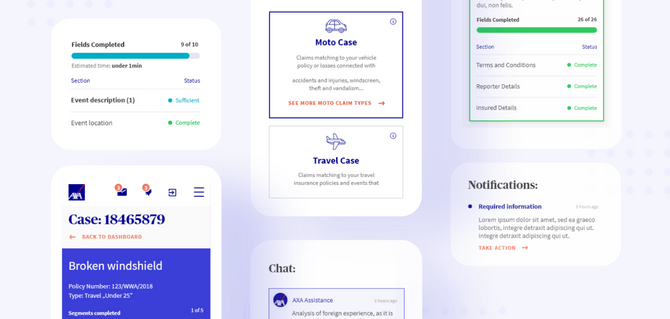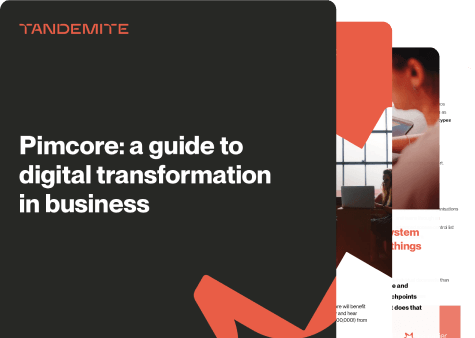Worth knowing
How does an OMS work?
A few words on the lifecycles of orders.
Managing orders is inextricably linked to their lifecycle. The process begins when a customer buys a product or service. The order is then processed, picked, packaged, sent out and delivered to the customer. However, this is often not the end of the story: if a customer decides to return the purchased item, the complaint or return procedure will begin.
An OMS optimises a company’s order processing, from the very beginning to a happy ending. After placing their order on a website, app or any other sales channel, the customer is directed to a payment gateway. The OMS verifies the payment, then sends information about the order to a warehouse and at the same time updates the inventory, providing constant access to the available stock and making it easier to manage.
After your employees package the product and send it via 3PL or dropshipping, the customer is notified immediately about the shipment and the expected date of delivery. Once the shipment is complete, the customer can initiate the return or exchange process on their own initiative.
In a few bullet points
Here’s what a modern OMS has to offer:

Omnichannel – an OMS allows you to centralise the management of orders from all your sales channels.

Scalability – systems are designed to easily scale up to a mass level and to handle an increasing number of transactions, sales channels and order picking venues.

Full elasticity – a modern OMS can process various sales models, including BOPIS (buy online, pick-up in store) and same-day deliveries.

Integration with your systems – an OMS can be seamlessly integrated with ERP systems, WMS and any other software you use.

Incredible API – API-based OMSs are able to connect with other e-commerce tools in real time, including PIM, pricing engines or dropshipping platforms.

Fewer errors with order processing – OMS reduces the number of manual tasks, in this way considerably decreasing the risk of human error.
A NEW DIMENSION IN CONTENT PUBLISHING
Tandemite x OMS
We’ve been around long enough to know what you’re looking for. We know that you want to work with experts who understand your business, a team that you can trust, and results-oriented people who know what they’re doing. That’s where we come in.
For over 19 years, we’ve been creating technological solutions for the B2B and B2C sectors. Our portfolio includes implementations for companies in many different fields, on scales ranging from small, local businesses to an expansive retail network with over a hundred physical stores.
Our familiarity with the problems faced by e-commerce entrepreneurs and their needs allows us to choose the best-fitting technologies in each case, and to implement solutions that will drive a business in the right direction.
experience
Tandemite in numbers
We appreciate facts – and the facts speak in our favour.
17 years
of Tandemite
25
experts
100 million+
views across the websites we’ve created
Results
OMS in practice
Importance of the post-checkout customer experience.
A perfect customer experience does not start when the customer accesses your e-commerce offer – it’s built much earlier. Likewise, it should not end on the moment when the first order is placed, as what happens after is crucially important for ensuring user satisfaction. But what do users expect, exactly?
A problem-free processing of their order, clear notifications about its status, a quick delivery and easy returns. Meeting these requirements isn’t easy, but it’s very much worth pursuing owing to the trust and loyalty it builds. Need more evidence?
According to a Narvas report, 72% of customers consider a quick delivery to be the most important factor in determining whether they will return to the same vendor. A quick delivery was declared more important than discounts, loyalty programmes and other initiatives aimed at improving customer retention.
If you would like to learn even more
Associated technologies
An OMS is the best solution for e-commerce companies that are implementing a dynamic development plan and multi-channel sales. Do you need a technology that will drive your business forward?
We can offer you:






















Maciej Pałubicki CEO Tandemite











